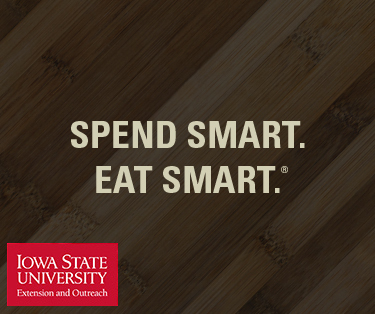Blog

As a mother of a 2 and 4 year-old, I am quickly learning about how snacks are an integral part of growing up. It seems that snacks are not only available to children for nutrition, but are a necessity for social gatherings and fun.
We recently signed up our 4-year-old daughter for dance class. At the end of her first class she had the biggest smile on her face and I could tell she had fun. Then the teacher said, “Wait –everyone gets a piece of candy for doing such a great job!” A piece of candy for dancing? She got two tootsie rolls and since my younger daughter was with, I told her that she had to give one to her. This resulted in her crying all the way home over candy, when we could have been talking about much fun she had at dance. The teacher may have thought that candy added excitement to her class, but it really took away from the fact that the girls just had a great time dancing!
I realize some may say it’s just a piece of candy. However, it’s not just a piece of candy. Children are being exposed to treats all the time: snacks provided at preschool by parents, lollipops at the local bank, sports drinks after soccer, candy at daycare for behavioral rewards, classroom parties, ice cream parties for reaching a class goal, free samples at the grocery store, and the list goes on and on. And this is on top of the treats that parents provide at home.
It has gotten to the point that snacks are considered treats. And it’s hard not to think this way. Treats tend to be provided with much more excitement and star appeal. Have you looked at the “snack food” aisle at a grocery store lately? There are not very many healthy options. Have you seen the different kinds of fruit snacks (a.k.a. glorified gummy bears)? They take up a good portion of the aisle and almost every cartoon character has its own box! And the number of Pop Tart flavors available is breathtaking.
Children need snacks throughout the day; this goes for adults too! However, it’s all about the kinds of snacks that we consume and provide for our children. When thinking of what snacks to have available, think of what you would serve during a meal, as snacks should be just as nutritious, just in smaller portions. It really comes down to the food groups: fruits, vegetables, lean protein, low-fat dairy, and whole grains. Take the guesswork out of what snacks to have around and you will be surprised at the choices your children make when you make choosing healthy foods the easy choice.
Some tips:
- Make snacks available to them at their level. Is your fruit bowl on the top of your counter? Younger children cannot see the bowl, let alone reach it to make it a selection.
- Have a plastic bin in your fridge towards the bottom full of snacks that are ready to eat, such as cheese sticks, yogurt tubes, reusable drinking containers filled with milk or water, sliced apples, oranges (cut in “smiles”), fruit cups, small bags of baby carrots, cooked noodles, small sandwiches, etc.

- Choose whole-grain items. There are more and more of these available each week, it seems.
- Move less healthy snack options to a higher shelf so they are less tempting and eventually just remove them from your home and save them for road trips or special occasions.
- Avoid pre-portioned snacks, as you are often paying for the packaging (not additional food). You can portion out servings at home in resealable snack bags that your children can decorate with stickers to get them involved in the process.
- Take your children with you to the grocery store. By allowing them to a part of the selection process within certain parameters it provides them ownership for the snacks that are available at home.
Additional Resources
How do you handle snacks at your house? Do you have ideas to share?
Guest Blogger, Carrie Scheidel
